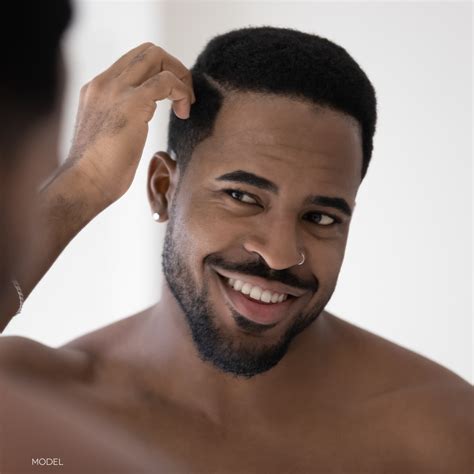Introduction
Hair is a key aspect of our physical appearance and can have a significant impact on our self-esteem and confidence. Understanding the difference between headful and handful hair can help us make informed decisions about our hair care routine and treatments.

Defining Headful and Handful Hair
Headful Hair
- Refers to hair that is abundant, thick, and voluminous.
- Typically has a high hair follicle count, resulting in a greater number of hair strands.
- Gives the impression of fullness and thickness, even when styled.
Handful Hair
- Indicates hair that is thin, sparse, and lacks volume.
- Caused by a lower hair follicle count, leading to fewer hair strands.
- Can appear flat and lifeless, especially when styled.
Measuring Hair Density
The density of hair is measured by counting the number of hair follicles per square centimeter (cm²). A study by the American Academy of Dermatology (AAD) found that the average hair density in adults is approximately 200-300 hairs/cm².
Causes of Headful and Handful Hair
Headful Hair
- Genetics
- Age (hair density tends to increase during childhood and adolescence)
- Healthy diet
- Regular exercise
- Certain hormonal factors
Handful Hair
- Genetics
- Age (hair density typically decreases with age)
- Poor nutrition
- Stress
- Hormonal imbalances
- Certain medical conditions
Pain Points of Handful Hair
- Thinning hair
- Lack of volume
- Flat appearance
- Difficulty styling
- Decreased self-confidence
Motivations for Headful Hair
- Enhance appearance
- Increase volume
- Create the illusion of fuller hair
- Improve styling versatility
- Boost self-esteem
Treatment Options
Headful Hair Optimization
- Maintain a healthy diet rich in protein, biotin, and iron.
- Engage in regular exercise to promote blood circulation.
- Consider hair supplements that contain biotin, collagen, or other hair-nourishing nutrients.
Handful Hair Improvement
- Use volumizing shampoos and conditioners.
- Style hair with root-lifting products.
- Explore hair extensions or hairpieces to add fullness.
- Consult with a dermatologist for medical treatments, such as minoxidil or finasteride.
Table: Comparison of Headful and Handful Hair
| Characteristic | Headful Hair | Handful Hair |
|---|---|---|
| Density | 200-300 hairs/cm² or more | Less than 200 hairs/cm² |
| Appearance | Full, thick, voluminous | Thin, sparse, flat |
| Styling | Versatile | Difficult |
| Self-Esteem | Positive | Negative |
Table: Causes of Headful and Handful Hair
| Cause | Headful Hair | Handful Hair |
|---|---|---|
| Genetics | Strong | Weak |
| Age | Increase | Decrease |
| Diet | Healthy | Poor |
| Exercise | Regular | Infrequent |
| Hormones | Balanced | Imbalanced |
Table: Treatment Options for Headful and Handful Hair
| Goal | Method |
|---|---|
| Headful Hair Optimization | Healthy diet, exercise, hair supplements |
| Handful Hair Improvement | Volumizing products, root-lifting stylers, hair extensions, medical treatments |
Table: Pain Points and Motivations for Headful and Handful Hair
| Pain Points | Motivations |
|---|---|
| Handful Hair | Thinning hair, lack of volume, flat appearance, styling difficulties, decreased self-confidence |
Conclusion
Understanding the difference between headful and handful hair is essential for developing a tailored hair care routine. By addressing the underlying causes of handful hair and implementing proven treatment options, individuals can strive for headful hair that enhances their confidence and well-being.
